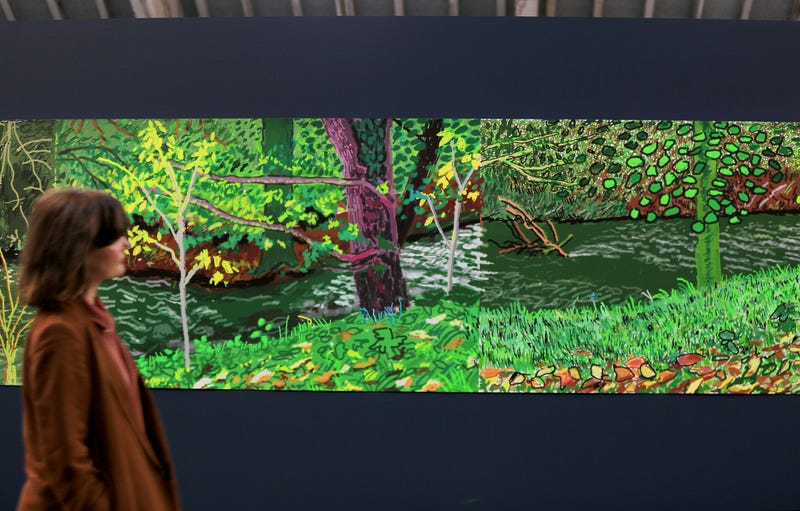Escape to the country
This week: Hockney's biggest work, a folk horror classic, the National Trust's hidden treasures and beacons of fire
‘Everything is here! Every kind of tree - apple, pear, plum - and you see the sky all around you’ - enthused David Hockey to the art critic Martin Gayford with whom he corresponded throughout the pandemic lockdown. Like many of us in that disorientated period of global panic, he …




